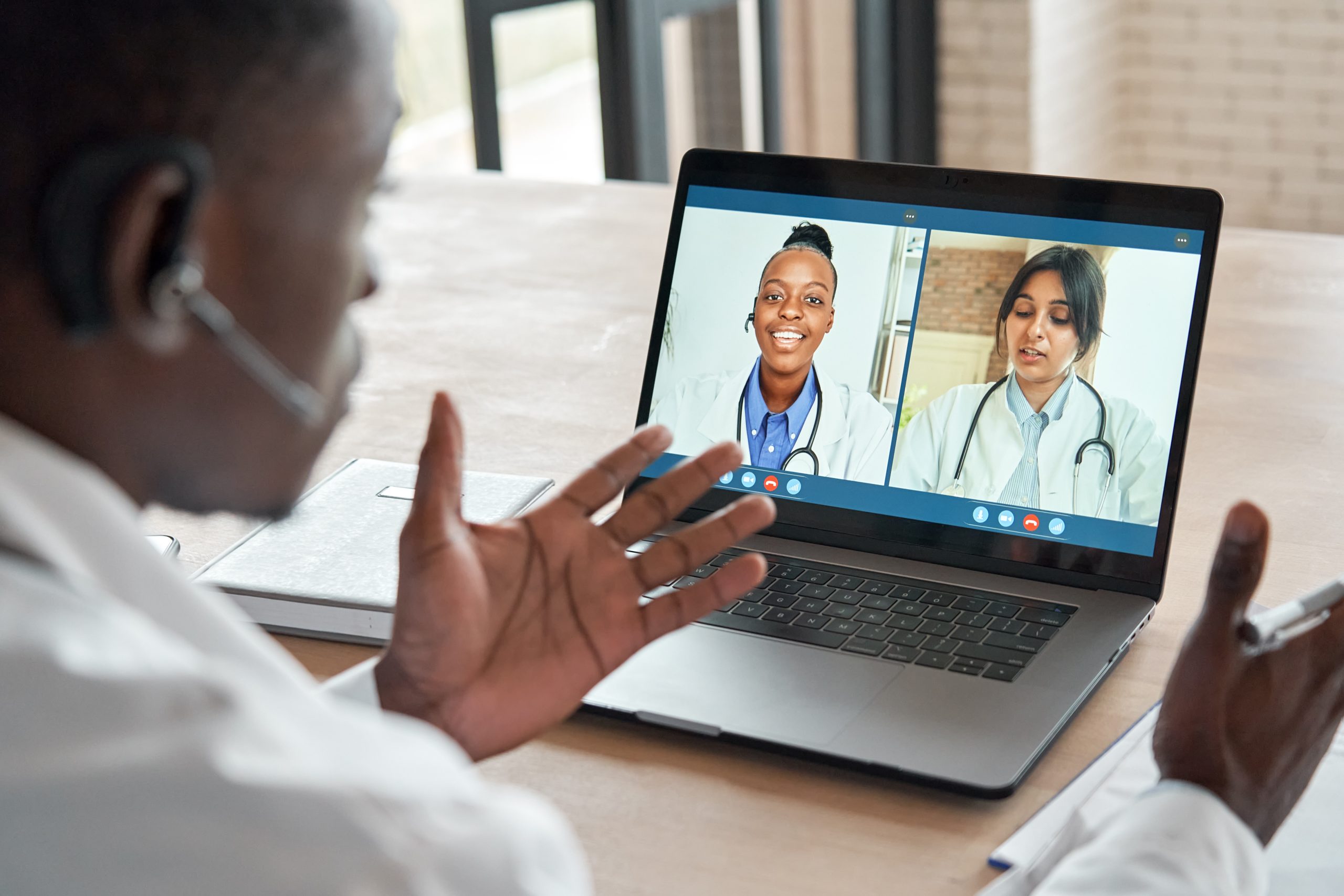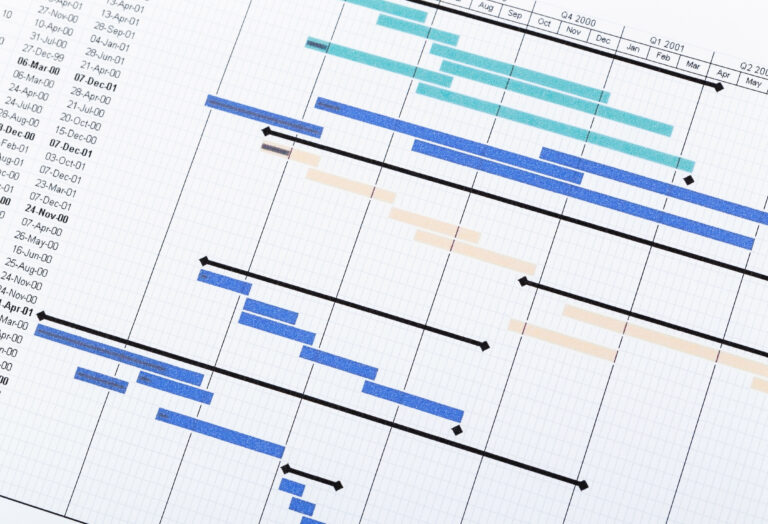Are you searching for ways to maximise attendance to your MedTech webinars? Have you been struggling to find an article that provides you with clear, actionable insights? Well, we were too, so we decided to write one ourselves.
This article promises to talk you through the best ways to maximise attendance to your webinars.
Webinars are an amazing marketing tool to boost your brand awareness and online engagement and provide real value to your audience.
Statistically, only 40% of people who sign-up for a webinar attend and only 40% of those watch until the end. While this percentage might seem relatively low, there’s lots you can do to boost your registrations and encourage higher attendance rates.
Choosing your topic and your speakers
The content of your webinar is the first and most important thing that will encourage registrations and attendance. Who is speaking? What topic will interest your audience?
Picking engaging speakers is critical when planning a successful webinar, so be sure to invite people at the top of their field and who know how to present to an audience. If you have some more well-known candidates, it’s good practice to have them present at the beginning and end of the webinar, so that you can start and end strong.
Make sure that your speakers come from a range of backgrounds to ensure they bring a variety of different opinions and experiences to the table. You should consider picking panellists with opposing views, to spark debates between speakers which may encourage your audience to attend.
To really drive in those numbers, make sure that your webinar is topical. You will want to talk about the newest ideas and biggest challenges in your audience’s field as that is what they’re looking for information about. A product demonstration won’t cut it in these days. Surgical challenges (or something similar) will bring a much bigger crowd.
Webinar promotion on social media
The next important step in maximising Medical Device webinar attendance is to spread the word about your webinar by optimising your promotion.
Social media is a great way to increase awareness of your webinar. The best way to do this is to target your audience. Simply posting a registration link on Twitter is not going to make the cut.
Picking the right channel to showcase your webinar could be the difference between a successful and an unsuccessful webinar. Is your target audience Health Care Professionals or end consumers? If the first, then you should promote your webinar on LinkedIn, the second, maybe Instagram.
Having a good idea of where your audience resides across social media platforms is critical when promoting your webinar on social media. You may need to research this in order to find the right demographic for you but if you’re not sure check out our article on choosing the right social media platform.
You should send out at least three social media posts to promote the event. The first post should be at least 2-3 weeks before the event, the second post the week before and the third on the day of.
The posts should contain relevant information about the webinar including:
- The title of the webinar
- The date
- The time
- The names and titles of the speakers and chair
- The topics
- And most importantly the sign-up link
This post comes best in the form of a catchy GIF, as they spread information quickly and in a way that is memorable. Make sure you tag your speakers in the post, as well as any organisations you have partnered with. This will maximise the post’s reach.
Your second social media post should go out a week or a day before your webinar, depending on when the first post went out. You need to make it clear to your audience that there’s a limited amount of time left to sign-up. It would be best to inject some urgency into this post by, for example having “1 week to go”, or “1 day left to sign-up” in large letters.
Your final social media post should be a quick reminder a few hours before the webinar. Whether the post is a static feed or grid post, or a story is entirely up to you, but trying a variety of post types can help you to see which posts work the best. LinkedIn, Instagram, and Facebook stories have features such as countdown timers, which are great tools to boost engagement.
You could offer attendance certificates as another way to boost attendance. Offering certificates that attendees can post on social media and other platforms will act as an incentive for registrants to actually attend the event. Plus, if they do post the certificate on social media, it will be shared with all their connections and could generate more interest for future webinars.
Want help perfecting your webinars?
Webinar promotion on email
Email campaigns are great for sharing your event and getting sign-ups. It’s important to note that while email does have some benefits to maximising your registration, it’s limited to the number of people on your mailing list.
Expanding your mailing list can help to spread awareness of your webinar. One way to do this is to collaborate with a non-competing MedTech company or group in the industry (this could be a society, journal, or patient group, depending on your audience). Hosting the webinar together will allow you both to capitalise on each other’s contacts and increase attendance.
When creating a webinar email campaign, you should include all the information listed above in a personalised email, as well as a calendar invite. The calendar invite allows the recipient to add the event to their online calendars. You can set these calendar invites to also send calendar and phone notifications to ensure your attendees arrive on time.
Research has shown that sending up to three emails to the people on your mailing list who haven’t yet registered can increase your email open rate by 70%. Follow-up emails are great as potential registrants may have missed the first email or have forgotten to sign-up and need reminding.
Finally, if you’re trying to gain registrations for a whole webinar series, you should create two more campaigns for those who attended and those who didn’t. Firstly, you should thank them for registering, and then you should provide details of the next upcoming webinar.
How to keep people watching your webinar
It’s all well and good getting people to attend your webinar, but how do you ensure that they stay?
Haven’t we all joined a webinar only to watch as the number of guests in the room slowly drop off one by one? Here at Podymos, we swear by the following to retain your attendees.
Pre-webinar rituals
Before your webinar starts, you may want to do a small practice run-through with your speakers and chair, so everyone knows what to expect and you can answer any questions from your speakers. This would also be a good chance for you to check the speaker audio and visual components, as nothing will disappoint a viewer more than dodgy audio and a blurry picture.
Run through your speakers’ presentations and media in a practice session to make sure there are no surprise problems during their talks. Microphone and camera checks can be a lifesaver so always remember to do them before going live. We normally do this 20-30 minutes before a webinar goes live. The end result will be much more polished and therefore engaging, encouraging attendees to stay online.
How to keep your webinar on time
Timing is everything when it comes to webinars, so make sure not to let your speakers go on for too long.
If your webinar is too short it will limit the amount of content that you can present, but if it’s too long, you’ll lose the attention of your audience. Research has shown that 60 minutes is the best length for a webinar, so you should aim to keep your webinar under an hour.
To break this down further, you could follow a structure for your webinar similar to this:
1. 5 minutes: Introduction. The chair welcomes everyone to the webinar and introduces the speakers.
2. 15 minutes: Presentation from speaker one. This should be your strongest speaker.
3. 15 minutes: Presentation from speaker two.
4. 15 minutes: Presentation from speaker three: This should be your second strongest speaker.
5. 10 minutes: A Q&A session led by the chair where all the speakers contribute.
Alternatively, you may opt for a more fluid structure for your webinar, where the content is more discussion based rather than presentation based. This is a great way to cover a range of different topics and opinions within a short space of time. It works best when you have a great moderator who knows how to keep moving the conversation in the right direction and manage the discussion.
Get the most out of your webinars
Webinars are a great tool to help people become more familiar with your brand and show off your knowledge and expertise.
Are you aiming to communicate more effectively with HCPs and patients? Do you aspire to deliver high-quality webinars as part of your broader multichannel marketing strategy? You’ve landed in the right place.
Podymos is a dedicated healthcare marketing agency, specialising in downstream medical device marketing. Our services might be a bit pricier than non-specialised agencies and freelance teams, and that’s because our exclusive focus on the medical device space equips us with specialised knowledge and expertise that others might not offer.
For compliant campaigns that align with your business objectives, we’re here to assist. Simply provide your contact details, and we’ll reach out promptly for a no-obligation discussion.










